- Creator Clubhouse
- Posts
- Best Mid-Range Cameras for Photo & Video in 2025
Best Mid-Range Cameras for Photo & Video in 2025
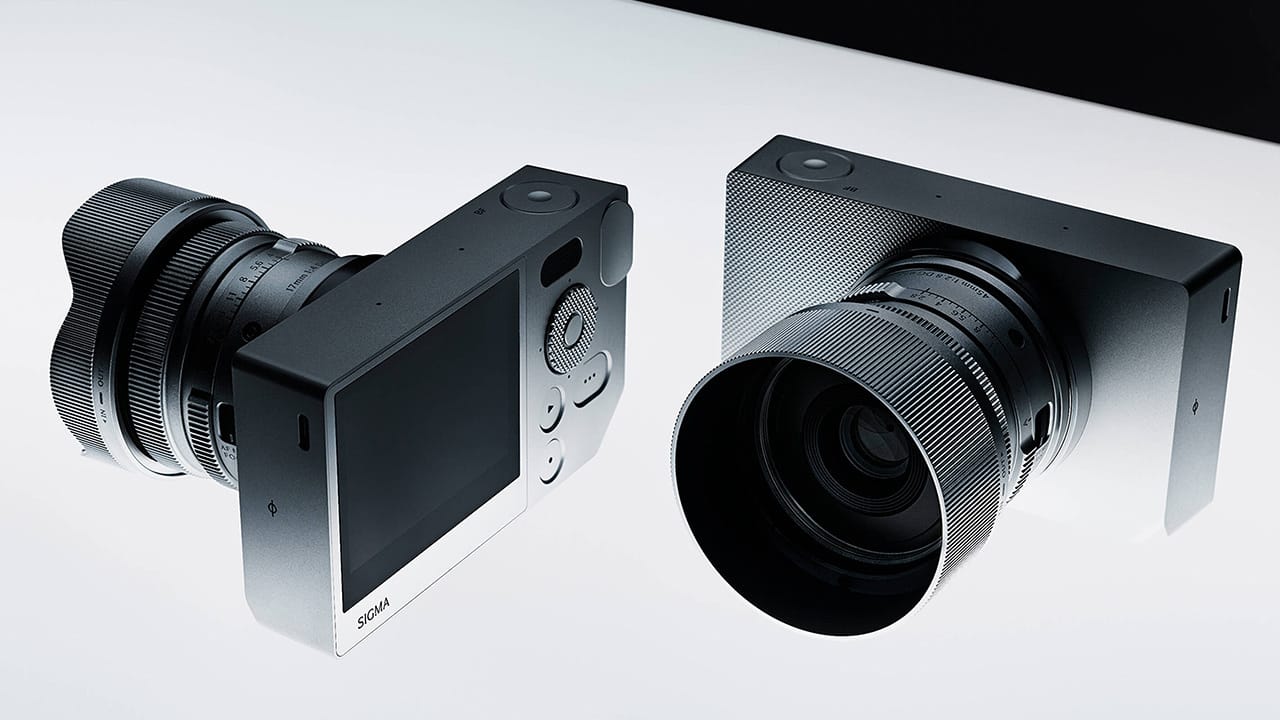
Finding a great camera between R15,000 and R50,000 has never been more exciting. In 2025, mid-range cameras are closing the gap with flagship models, offering high-end specs and performance without the sky-high price. Whether you’re a photographer, a videographer, or a bit of both (a hybrid shooter), there’s a camera in this range that can meet your needs. From established names like Sony and Nikon to innovative newcomers like Sigma’s new unibody camera, we’ve got some stellar picks to highlight. In this article, we’ll introduce our top mid-range camera picks – including the best option for still photographers, the best for video creators, and an outstanding hybrid – and then help you decide which one is right for you. Let’s dive in!
🔥 Top Picks
Nikon Z7 II – $1999 (~R37,400) (body only)
Nikon’s high-resolution workhorse. The Nikon Z7 II remains one of Nikon’s finest high-res mirrorless cameras in its price class, thanks to its 45.7MP full-frame BSI sensor that delivers stunning detail and dynamic range Photographers love the Z7 II for its magnificent RAW file latitude and excellent handling. It’s fast enough for most action (up to 10 fps bursts) and features 5-axis in-body image stabilization for sharp shots at slower shutter speeds. The robust weather-sealed build and dual card slots (CFexpress + SD) make it a reliable companion for serious shoots. That said, its video features are more basic – it can do 4K/60p but with a noticeable crop and fewer video-centric tools. This makes the Z7 II a photography-first camera: perfect for landscapes, portraits, and detailed still work, while capable of casual video if needed.
Get it if…
You primarily shoot stills and crave high resolution and dynamic range in a robust body. It’s a dream for landscape, studio, and portrait photographers who don’t want to compromise on image quality.
Panasonic Lumix S5IIX – $2000 (~R37,400) (body only)
The videographer’s powerhouse (that’s also great at photos). The Panasonic S5IIX is a serious video creation tool that offers hybrid shooters huge video specs for the money. It uses a 24.2MP full-frame sensor and Panasonic’s new Phase Hybrid AF system (779-point) to finally deliver fast, reliable autofocus – a big leap from earlier Lumix models. Where the S5IIX really shines is video: 6K/30p and 4K/60p recording, 10-bit color, optional RAW video output, internal ProRes recording to SSD, and unlimited recording times (thanks to an active cooling fan). It even has advanced features like waveforms, LUT profiles, and live-streaming support. Essentially, it adds “serious video functionality to a highly capable hybrid photography camera” – you still get 14+ stops of dynamic range for video, and 5-axis IBIS that keeps footage rock-steady. As a photo camera, the S5IIX is no slouch either: images are crisp with pleasing color science, even if 24MP can’t match some higher-res rivals when pixel-peeping. Overall, Panasonic has delivered the ultimate hybrid camera for creators who put video first without sacrificing stills quality.
Get it if…
you’re a videographer or hybrid creator who needs top-tier video features in a full-frame camera. The S5IIX is ideal for documentary filmmaking, YouTube content, or even indie film production – anyone who values unlimited 10-bit recording and pro video tools. (It’ll handle your photography needs very well too.)
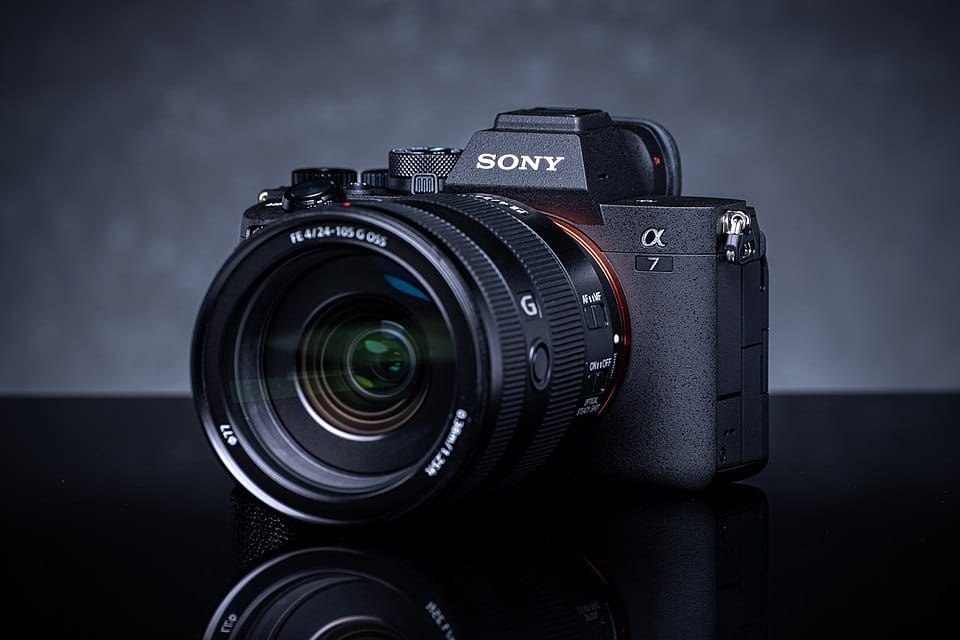
Sony A7 IV – $2499 (~R46,700) (body only)
The versatile all-rounder hybrid. The Sony A7 IV is often dubbed “the best hybrid mirrorless camera you can buy right now”, and for good reason. It packs a new 33MP full-frame sensor that delivers excellent detail for photos, paired with Sony’s class-leading autofocus system that smartly tracks eyes and subjects in both stills and video. In use, the A7 IV feels like a truly modern all-rounder: it shoots beautiful still images with wide dynamic range and Sony’s pleasing color science, and also boasts powerful video features like 4K up to 60p (with a Super35 crop) and 10-bit 4:2:2 recording for high-quality footage. The vari-angle touchscreen and improved menu make it user-friendly whether you’re composing shots or vlogging. While dedicated sports shooters might want a faster burst rate (the A7 IV tops out around 10 fps), and videographers must accept that 4K/60p uses a 1.5x crop, these are minor compromises in an otherwise rock-solid camera with few weaknesses. It has 5.5-stop in-body stabilization, dual card slots, and won’t overheat during longer takes. Overall, the A7 IV is the go-to hybrid choice for many enthusiasts and semi-pros because it “packs class-leading autofocus, impressive image quality and powerful video features into one versatile body.”
Get it if…
You want superb balance. The A7 IV is perfect for wedding shooters, event photographers, and content creators who truly do both photos and videos and need reliable performance across the board. It might be the only camera you ever need
Sigma BF – $1999 (~R37,400) (body only)
The minimalist’s full-frame marvel. The Sigma BF is a radical new entry in 2025 – a 24MP full-frame mirrorless camera carved from a single block of aluminum, resulting in the first true unibody camera design in history. This sleek brick of a camera strips photography down to the essentials: it has no mode dial (just dedicated controls for shutter, aperture, ISO, exposure comp, and color profile) and even uses touch-sensitive haptic buttons instead of traditional dials. The BF’s focus is on simplicity and experience. Despite its minimalist form, it’s deceptively powerful under the hood – the 24MP BSI CMOS sensor with phase-detect AF yields impeccable image quality and decent autofocus for stills and video. It can even capture 6K/30p video (and 1080p at 120fps) using efficient HEVC codec and Sigma’s flat L-Log profile. However, in pursuing simplicity Sigma did omit some conveniences: there’s no mechanical shutter (it’s electronic-only, which could pose rolling shutter issues in some fast action shots), no IBIS (only electronic stabilization for video), and no EVF – you compose via the rear screen. It also forgoes removable memory cards in favor of internal 230GB storage and has only a single USB-C port for connectivity. Even audio jacks are absent (so filmmakers will need an external recorder for sound). Clearly, the Sigma BF isn’t about ticking every spec box; it’s about a particular photographic journey. Use it like a digital rangefinder or an “Apple-esque” camera that inspires you to focus on framing and moments. Plus, it looks undeniably cool and is built to last.
Get it if…
You’re a creative enthusiast who loves innovative design and can appreciate a pared-down shooting experience. The BF is ideal for street photography, travel, or everyday carry, where its compact, un-intrusive form lets you concentrate on capturing life’s spontaneous beauty. Choose it if you value originality and feel inspired by a camera that dares to be different (and you don’t mind working around its quirks).
✨ Quick Comparison
Here’s a side-by-side look at our top picks, comparing key specs at a glance:
Camera | Sensor | Max Video | Stabilization | Price |
|---|---|---|---|---|
Nikon Z7 II | 45.7 MP full-frame (BSI CMOS) | 4K/60p (1.08× crop) | 5-axis IBIS (sensor shift) | ~$2000 |
Panasonic S5IIX | 24.2 MP full-frame CMOS | 6K/30p; 4K/60p (APS-C crop) | 5-axis IBIS (Dual I.S. up to ~6.5 stops) | $2199 |
Sony A7 IV | 33 MP full-frame (BSI CMOS) | 4K/60p (1.5× crop) FHD/120p | 5-axis IBIS (5.5-stop) | ~$2500 |
Sigma BF | 24 MP full-frame (BSI CMOS) | 6K/30p; FHD/120p | No IBIS (electronic only) |
Notes: All of the above models feature hybrid phase-detect autofocus systems, weather-resistant builds, and interchangeable lenses. IBIS = in-body image stabilization. “Crop” refers to a frame size reduction (using a smaller sensor area) for that video mode. Prices are approximate for body only (USD) as of 2025.
Still not sure which camera is your perfect fit? Here’s a quick guide based on your needs:
Primarily a Photographer? Go with the Nikon Z7 II. Its high-resolution sensor and stellar dynamic range will give you gorgeous, detail-rich photos that stand up to heavy editing. It’s the best choice if you care about image quality above all. You also get solid build quality and ergonomics that photographers appreciate. Just keep in mind its video is okay but not its strong suit – this one’s for the stills shooters who want the most detail for their dollar.
Primarily a Videographer? The Panasonic Lumix S5IIX will be your best friend. It’s purpose-built to make professional video production easier, with features like unlimited 10-bit 6K recording, advanced codecs, and reliable autofocus in a mid-tier package. If you’re filming interviews, short films, or YouTube content, the S5IIX’s lack of recording limits and extensive video tools (like waveforms and LUT support) will seriously elevate your workflow. (Bonus: it takes great photos too, so you’re not sacrificing much on the stills side.)
Need a True Hybrid? Choose the Sony A7 IV. If your work is an even mix of photography and video, the A7 IV strikes the best balance. It delivers professional-looking results in both domains without major compromises. One day you might be shooting a wedding ceremony in 4K, the next day capturing portraits and action stills – the A7 IV can handle it all. Its class-leading AF and well-rounded feature set mean you won’t feel limited whether you’re in “photo mode” or “video mode” on any given project.
Love Niche or Experimental Gear? Consider the Sigma BF. This camera is for the shooter who values the experience of using the tool as much as the output. If you find joy in minimalist design, or you’re drawn to the BF’s “less is more” philosophy (and you don’t rely on things like an EVF or in-camera stabilization), it could spark your creativity in refreshing ways. It’s not for everyone, but in the right hands – say, a street photographer who wants a quiet, unobtrusive camera – the Sigma BF can be wonderfully rewarding.
✨ Conclusion: Time to Get Creative
Each of these mid-range cameras proves that you don’t need a flagship budget to create amazing content. Whether you pick up the high-res Nikon, the video-centric Panasonic, the do-it-all Sony, or the innovative Sigma, you’ll be equipped with a tool that can bring your creative vision to life. The best camera is ultimately the one that inspires you to go out and shoot. So choose the one that fits your style and get ready to create stunning photos and videos – the world can’t wait to see what you capture next! 📸🎥✨
Now go create something beautiful.
(Note: We’ve added affiliate links. Buying through them supports Creator Clubhouse at no extra cost to you.)
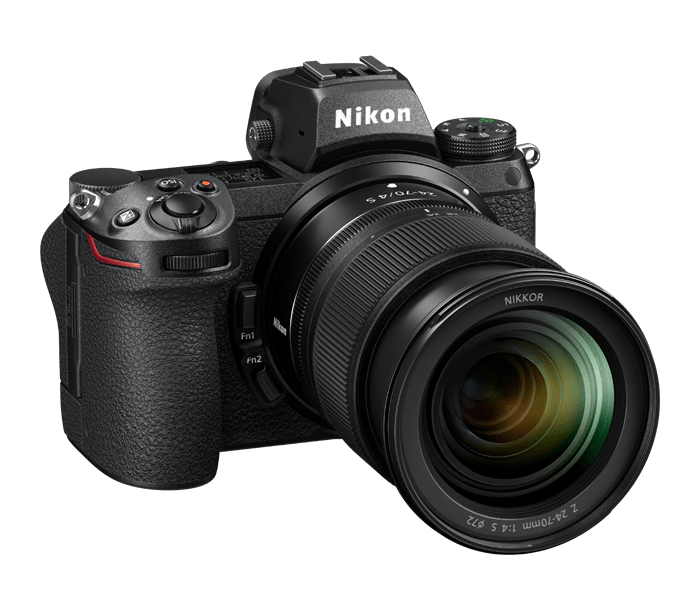
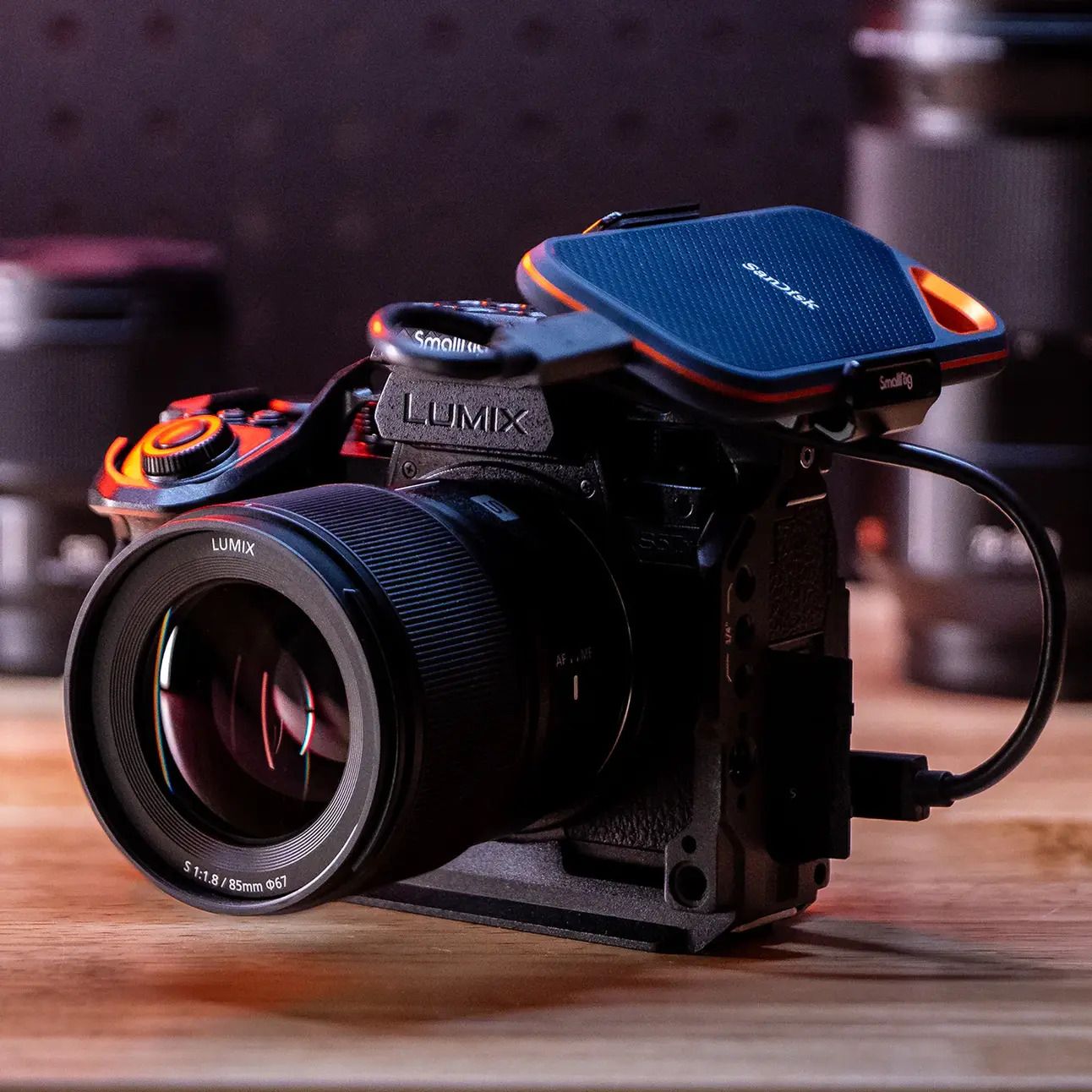
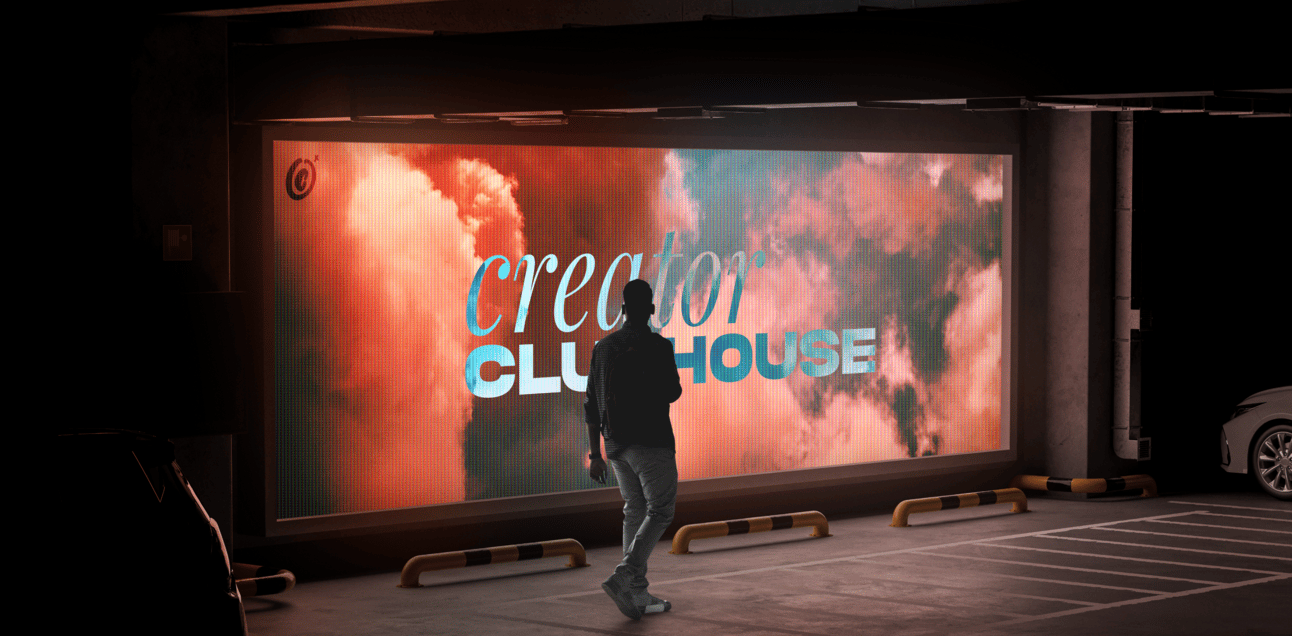
Reply